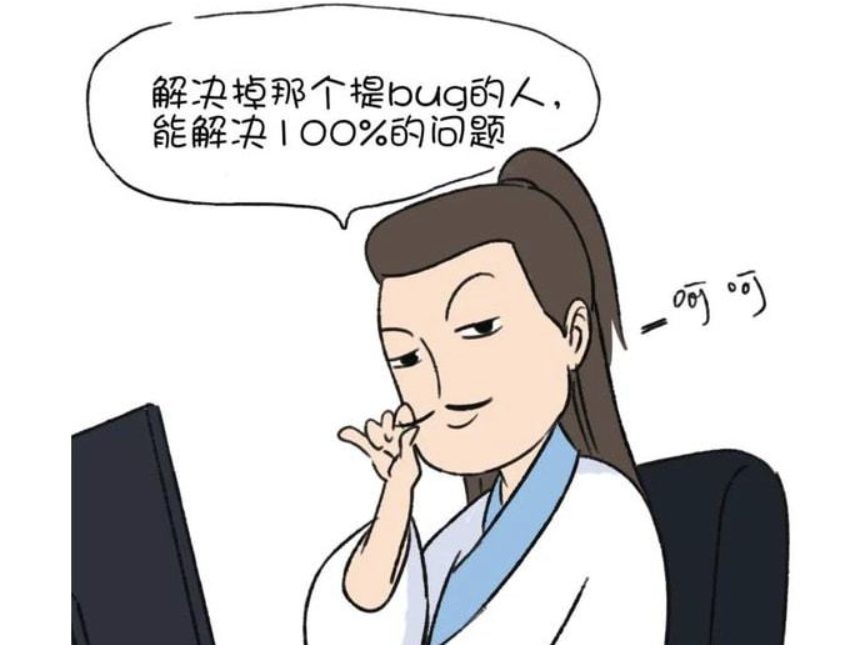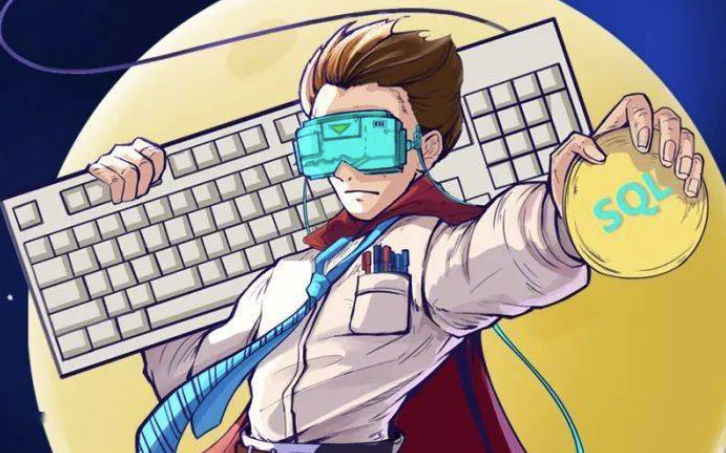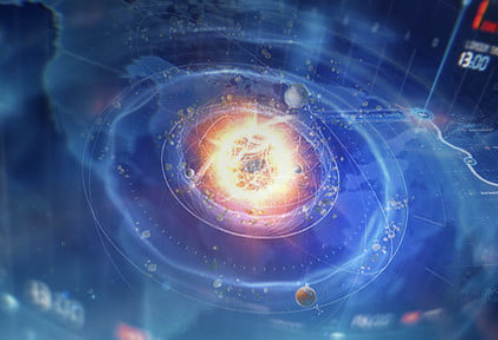This research systematically investigates the effect of temperature on the pure mode III fracture behavior and fracture morphology characteristics of rocks after thermal shock using ENDB granite specimens in combination with 3D laser scanning techniques. The following main conclusions can be drawn:
(1) There is a highly linear correlation between the mass and wave velocity of the rock and temperature. According to the temperature gradient constructed in this study, for every 100°C increase in temperature within a range of 25°C-625°C, the mass loss of the rock is approximately 0.7g, and the wave velocity decreases by about 505m/s.
(2) As the temperature reaches above 325°C, the curvature of the peak point on the load-displacement curve continues to increase, indicating that rocks exhibit softening; this softening phenomenon becomes more pronounced at higher temperatures. The brittleness of rock decreases while its ductility increases. Rocks also tend to fail in a ductile manner at high temperatures.
(3) At temperatures above 325 °C, there will be an abrupt change in COD curve of rocks; moreover, as temperature increases, so does early mutation points. When temperature is higher than 525°C, COD mutation point occurs in linear elastic deformation stage. Tension stress prematurely influences rock’s crack extension, leading to switch from pure mode III to mixed mode I/III during final test fracture mode.
(4) Pure mode III fracture toughness and rock temperature are highly linearly correlated. According to constructed temperature gradient within range of 25°C-625°C, for every 100°C increase in temperature, mode III fracture toughness decreases by 0.5 MPa∙m0.5.
(5) AH and SA parameters describing rock fracture surfaces follow normal distribution pattern and both are thermally sensitive. As temperature increases from low values (25℃), mean value of AH changes from 0.431 to 2.772, and mean value of SA changes from 49.430° to 52.380°. The higher the temperature, the more discrete the distribution of AH and SA on the rock fracture surface, and more complex and rougher the fracture surface.
(6) As temperature increases, folding in rock fracture surfaces increases; correspondingly, surface area and fractal dimension also increase non-linearly. JRC of rock fracture surfaces has a highly linear correlation with temperature- For every 100°C increase in temperature, JRC of rocks increases by 1.7.
改进建议:
- 使用较短、易懂的句子来提高文章可读性。
- 按逻辑次序排列结果,使文章更具连贯性。
- 避免重复使用相似的词汇,例如“fracture behavior”和“fracture morphology characteristics”在此处意思相近而且过于冗长。



















